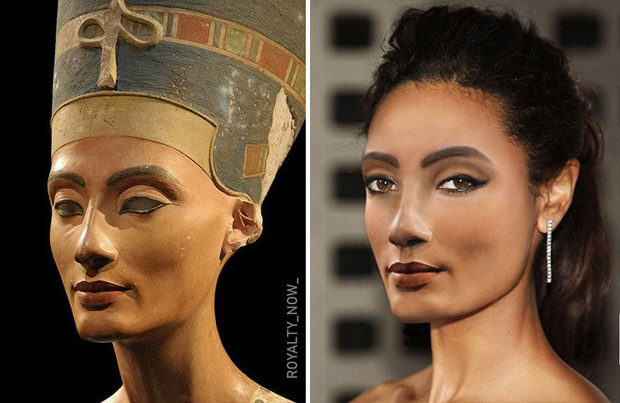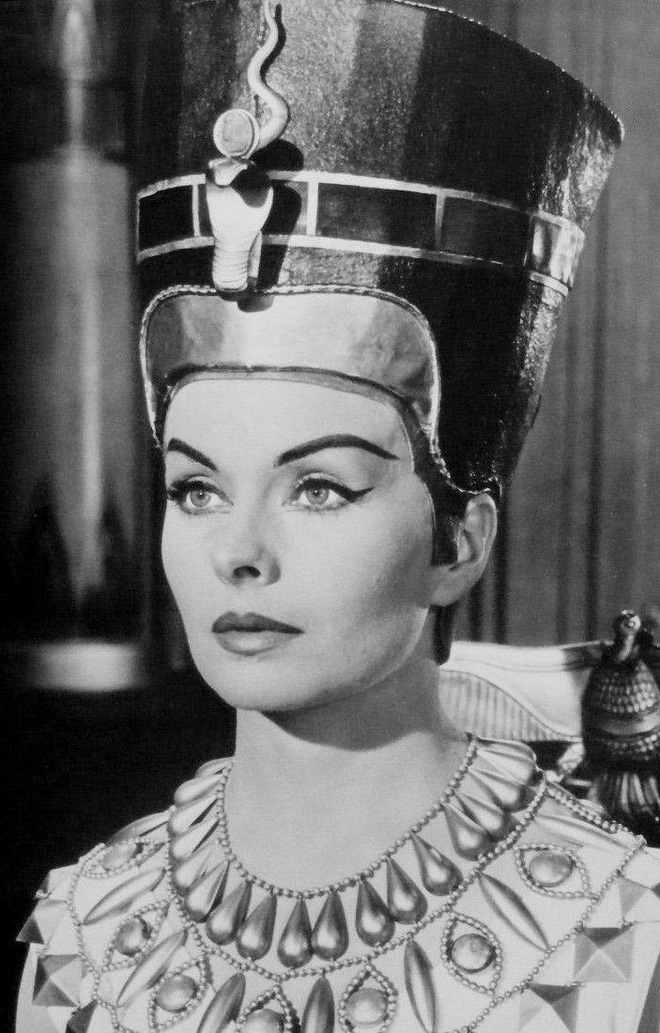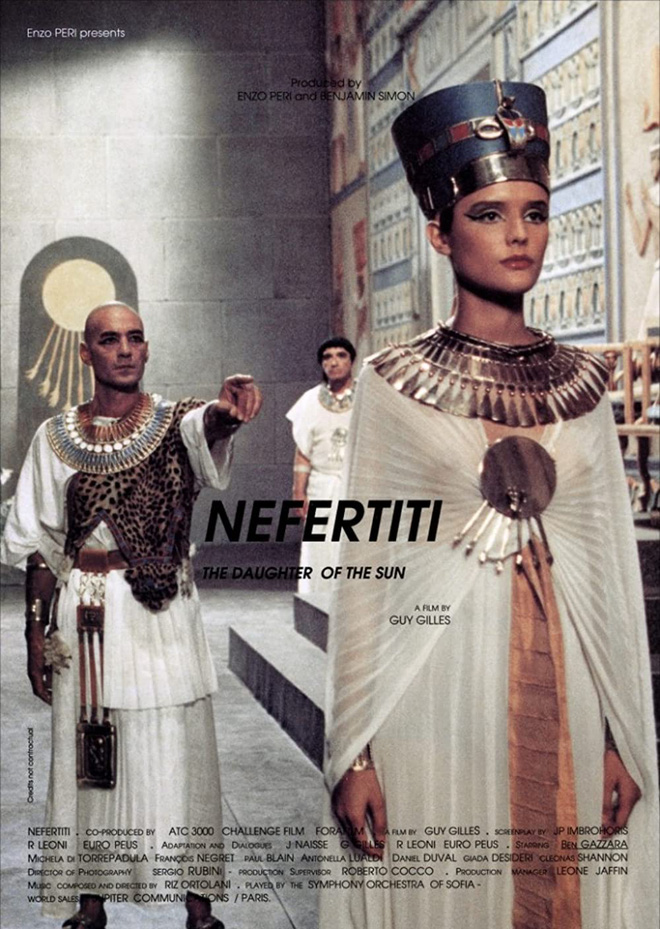One of the most iconic and revered artifacts from ancient Egypt, the Bust of Nefertiti continues to captivate and intrigue scholars and enthusiasts alike. Discovered by a local workman attached to the team of German archaeologist Ludwig Borchardt on the afternoon of December 6th, 1912, this remarkable sculpture emerged from the sands of the deserted ancient city of Amarna, once the capital of the so-called heretic Pharaoh Akhenaten and his Queen, Nefertiti.

The Bust of Nefertiti is a masterpiece of ancient Egyptian art, renowned for its exquisite craftsmanship and lifelike beauty. Carved from limestone and adorned with delicate features, including a graceful neck, high cheekbones, and a serene expression, the bust is a testament to the skill and artistry of the artisans of the Amarna period. It is believed to have been created by the sculptor Thutmose, who captured the essence of Queen Nefertiti with remarkable precision and elegance.

The discovery of the Bust of Nefertiti was a watershed moment in the field of archaeology, shedding new light on the reign of Akhenaten and Nefertiti and the artistic achievements of ancient Egypt. The bust quickly gained fame for its unparalleled beauty and historical significance, becoming a symbol of Egypt's rich cultural heritage and a source of fascination for scholars and art lovers around the world. Its discovery sparked renewed interest in the city of Amarna and its enigmatic rulers, offering valuable insights into the religious, political, and artistic developments of the period.


The Bust of Nefertiti has inspired countless interpretations and debates among scholars, historians, and art enthusiasts. Some view it as a symbol of feminine beauty and power, representing Nefertiti's influential role as queen and consort to Akhenaten. Others see it as a reflection of the revolutionary religious reforms of the Amarna period, which saw the worship of the sun god Aten elevated above all other deities. Whatever its true significance, the bust remains a testament to the enduring allure of ancient Egypt and the mysteries of its royal courts.

Archaeologists continue to study and analyze the Bust of Nefertiti in an effort to unlock its secrets and unravel the mysteries of the past. Through meticulous examination of the sculpture and its surrounding context, researchers hope to gain a deeper understanding of Nefertiti's role in ancient Egyptian society, as well as the artistic techniques and cultural influences of the Amarna period. As the study of archaeology advances, so too does our appreciation for the timeless treasures of the ancient world, including the incomparable Bust of Nefertiti.










